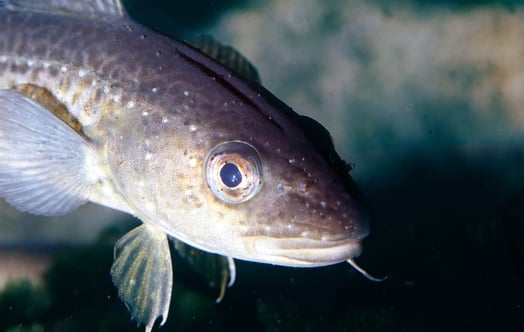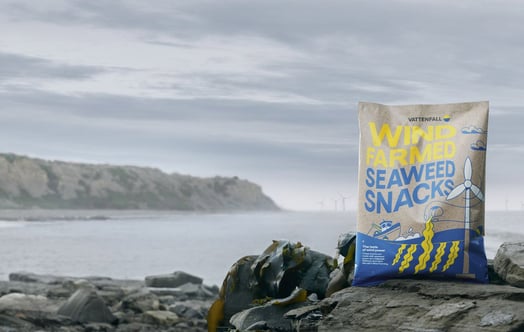In spite of the coronavirus pandemic and a long winter break: Vattenfall's largest onshore wind farm, Blakliden Fäbodberget, is on schedule.
In the interior of northern Sweden, Vattenfall is building its largest-to-date onshore wind farm. Its 84 turbines will be in place in 2022 and will be able to generate renewable electricity for some 220,000 Swedish households annually.

In the winter, deep snow lies in the area where Vattenfall is building its largest-ever onshore wind farm.
The wind farm has been under construction since 2018. Every year, the cold weather and deep snow force the construction site to go into hibernation during the winter months. Vattenfall has also agreed with affected Sami villages to break off work for the winter to make things easier for reindeer herding in the area. After a five-month winter break, construction is now once more getting under way for the season.
Short, intensive construction season
Kristoffer Arnqvist works in Project Delivery at Vattenfall Vindkraft, and is responsible for the civil engineering contract for the construction project.

Kristoffer Arnqvist, Vattenfall Vindkraft
"During the winter break, all our time is devoted to planning for the next construction season. The limited construction time we have makes every season incredibly intensive, and everything has to be planned in the tiniest detail for it all to work. This season we're going to lay 107 kilometres of cable, complete 84 crane sites and foundations and 70 kilometres of road in the project area. Next year the turbines will be delivered, and everything has to be ready by then," he says.
But how do you solve this on a huge construction site when a pandemic breaks out just before the start of construction?
"The Covid-19 outbreak completely changed conditions for the project. We had to change our plans quickly to ensure that construction could continue, while at the same time we have people's safety and health as our highest priority."
On a typical day there are between 70 and 120 people on the construction sites at the same time. This requires coordination and a range of measures to ensure that the spread of infection is prevented.
"Some of the major measures we have taken include introducing a visitor ban on the site and holding all construction meetings, presentations and training sessions via computer and video. If people need to travel within the construction site, this is done in separate cars. We avoid travelling together as much as we can. We've had to put up a new hut next to the existing ones, to keep Vattenfall's office separate from the other operations. We've built extra toilets and a roofed outside area to make it easier to maintain social distance, and we've increased cleaning in the buildings to minimise the spread of infection."
Inventiveness required
Another aspect that has been affected by restrictions both in Sweden and in other countries is deliveries of the components needed for the construction and various resources.
"The project schedule depends on the deliveries we've planned for arriving when they should, and on us having the skills we need. As a result of restrictions, some of the deliveries have been delayed, or cancelled completely. We have to work proactively all the time, change suppliers when we have to and re-plan to make it work."
In spite of the pandemic, the schedule seems to be working, to a great extent thanks to the inventiveness and flexibility shown by the team during this trying time.
"The project is holding up well during the pandemic, and this is entirely thanks to the great efforts made every day by those working on the construction. I'd like to say a big thank you to all our colleagues in the Blakliden Fäbodberget project, our contractors, their subcontractors and suppliers."
Read more about the Blakliden-Fäbodberget wind power project (In Swedish)
Wind power project closed due to winter
Facts about Blakliden-Fäbodberget
- Number of turbines: 84
- Type of turbine: Vestas 4.2 MW
- Total output: 353 MW
- Annual energy generation: 1.1 TWh (220,000 Swedish households)
- To be commissioned: 2022




